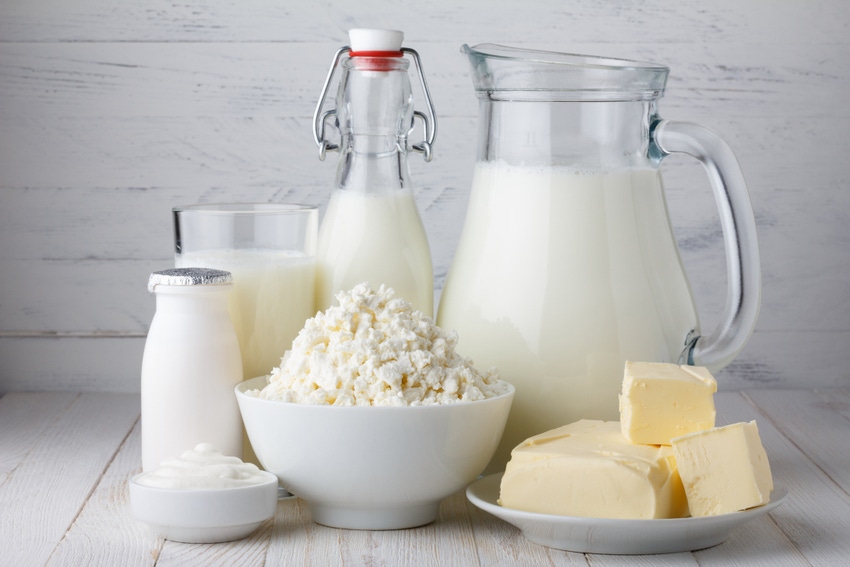Cheese prices likely to remain steady.
April 7, 2017

There is hesitation in the dairy market as the outlook for currency changes, production levels and stocks fuels short-term volatility, according to the Rabobank “Global Dairy Quarterly Q1 2017.”
With butter prices continuing to trade at near-record levels, Rabobank said it’s tempting to talk of "market spreads."
"The spread between the elevated butter prices and skimmed milk powder prices — which continue to fall — has never been bigger and continues to widen, although it’s nearing its climax. As farmers slowly respond to higher farm-gate prices, production will continue to rise, bringing more protein,” according to Kevin Bellamy, Rabobank global dairy strategist.
Rabobank said the market will again look to the European Commission to support European skim milk powder prices — and, therefore, global dairy prices — as it now seems all but certain that intervention buying will be needed again in 2017.
“At some point in the year, the European Commission may find a destination for the aged stocks, which will ease the market overhang; however, any solution to reducing high public stocks will be difficult, as it will need to be non-market-distorting,” the report added.
As forecasted in Rabobank’s last dairy quarterly report, milk production in the largest seven exporting regions fell sharply in the second half of 2016 and reached a low point in October (down 2.2%). At the time, the bank thought the strengthening U.S. dollar and strong domestic demand would create headwinds that would prevent the U.S. — the only region with an increasing milk supply — from filling the export gap. However, U.S. exports were able to fill some of the supply gap. In fact, U.S. exports were able to increase by a massive 25% in the second half of 2016 compared to the second half of 2015.
European Union exports also grew slightly year over year in the second half of 2016, which meant that export surpluses from the largest seven exporters fell by 2.4% (roughly 2 million metric tons) year over year. This was far less than originally expected but more than sufficient to lead to a price rally, which raised prices of whole milk powder by 50% between June 2016 and the end of February 2017, the report noted.
As Rabobank anticipated, however, the upward movement of prices has run its course, as milk production levels are starting to recover while demand is still weak.
“As the year progresses, Rabobank sees global butter prices remaining firm. They will be needed to maintain margins due to the persistent low value of skimmed milk, which is likely to remain weak but stable, supported by limited stocks in Oceania and intervention buying in Europe,” the report explained.
Cheese prices are likely to remain stable, given the continued growth in export markets, Rabonbank said, and whole milk powder prices also are likely to "remain stable for the rest of 2017, supported by limited suppliers and limited available stocks.”
You May Also Like

.png?width=300&auto=webp&quality=80&disable=upscale)

